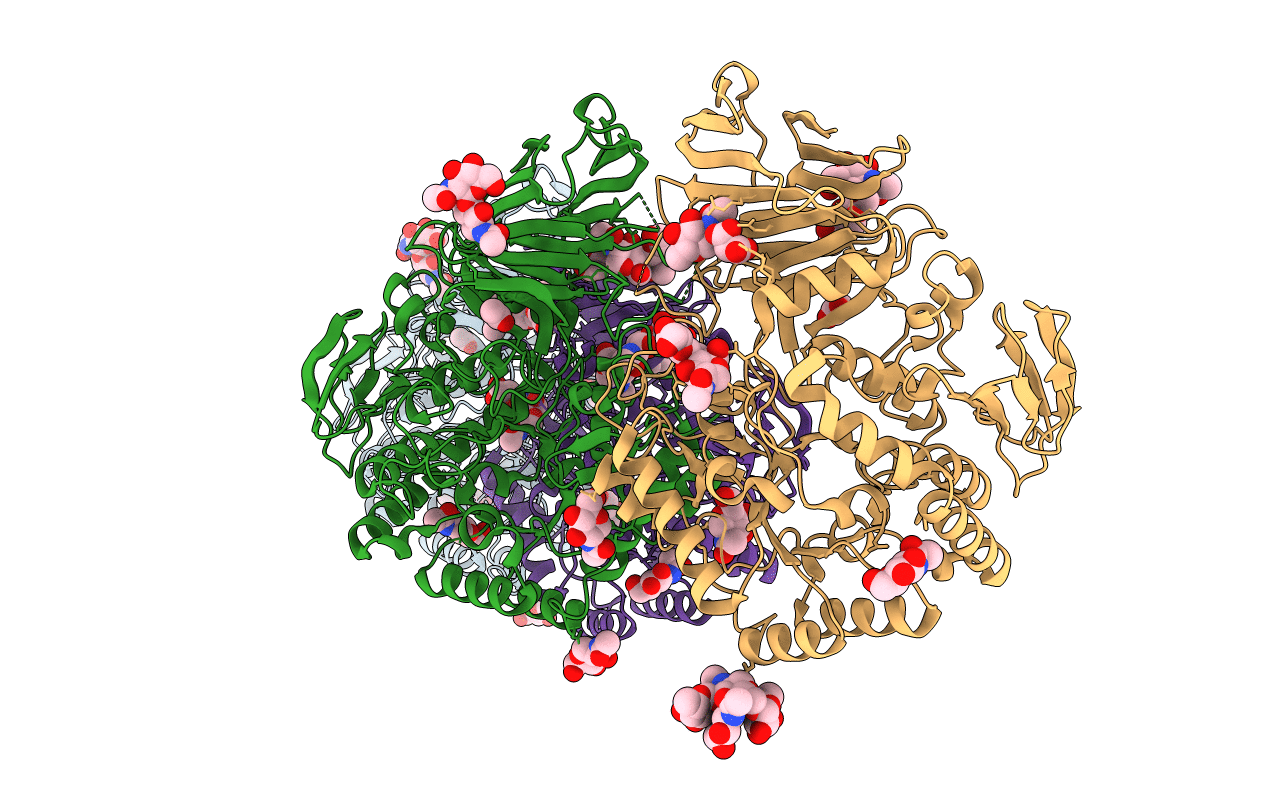
Deposition Date
2022-01-07
Release Date
2022-08-31
Last Version Date
2024-11-13
Method Details:
Experimental Method:
Resolution:
2.43 Å
R-Value Free:
0.23
R-Value Work:
0.21
Space Group:
P 1


